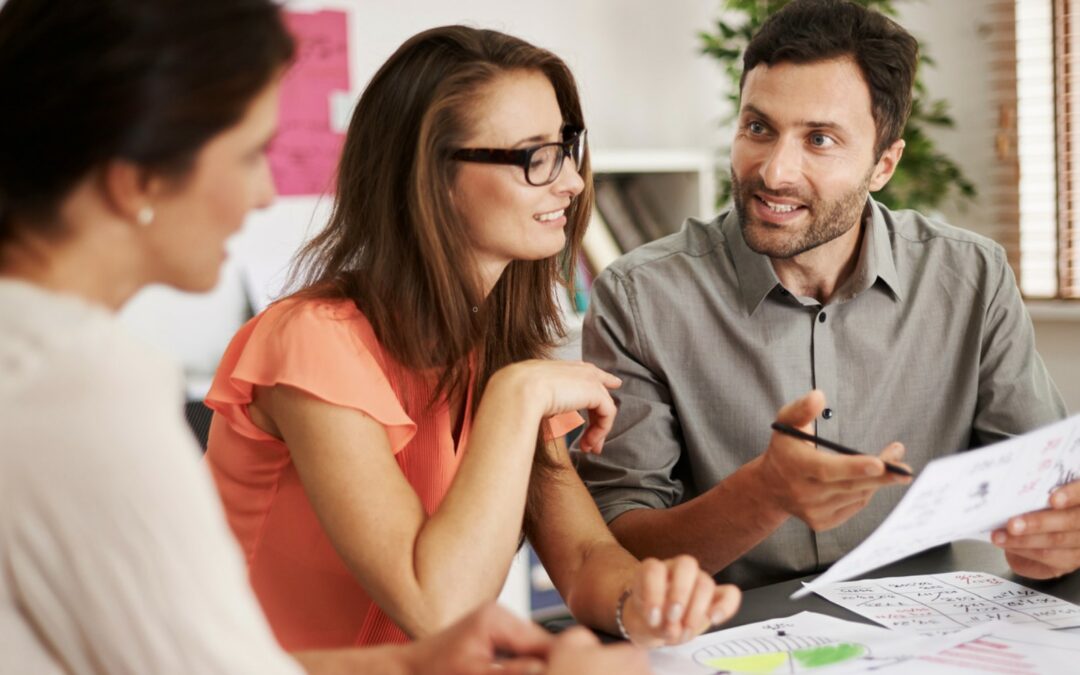We British look at the world as if the glass is half empty. By contrast, Americans look at the world as if the glass is half full. So, when I share some statistics I read regarding customer satisfaction and leveraging behavioral economics, some of which I felt very glass-half-empty about, I hope a few of you, with your half-glass-full dispositions, will help me see the bright side.
Let’s begin with an area of game-changing opportunity:












